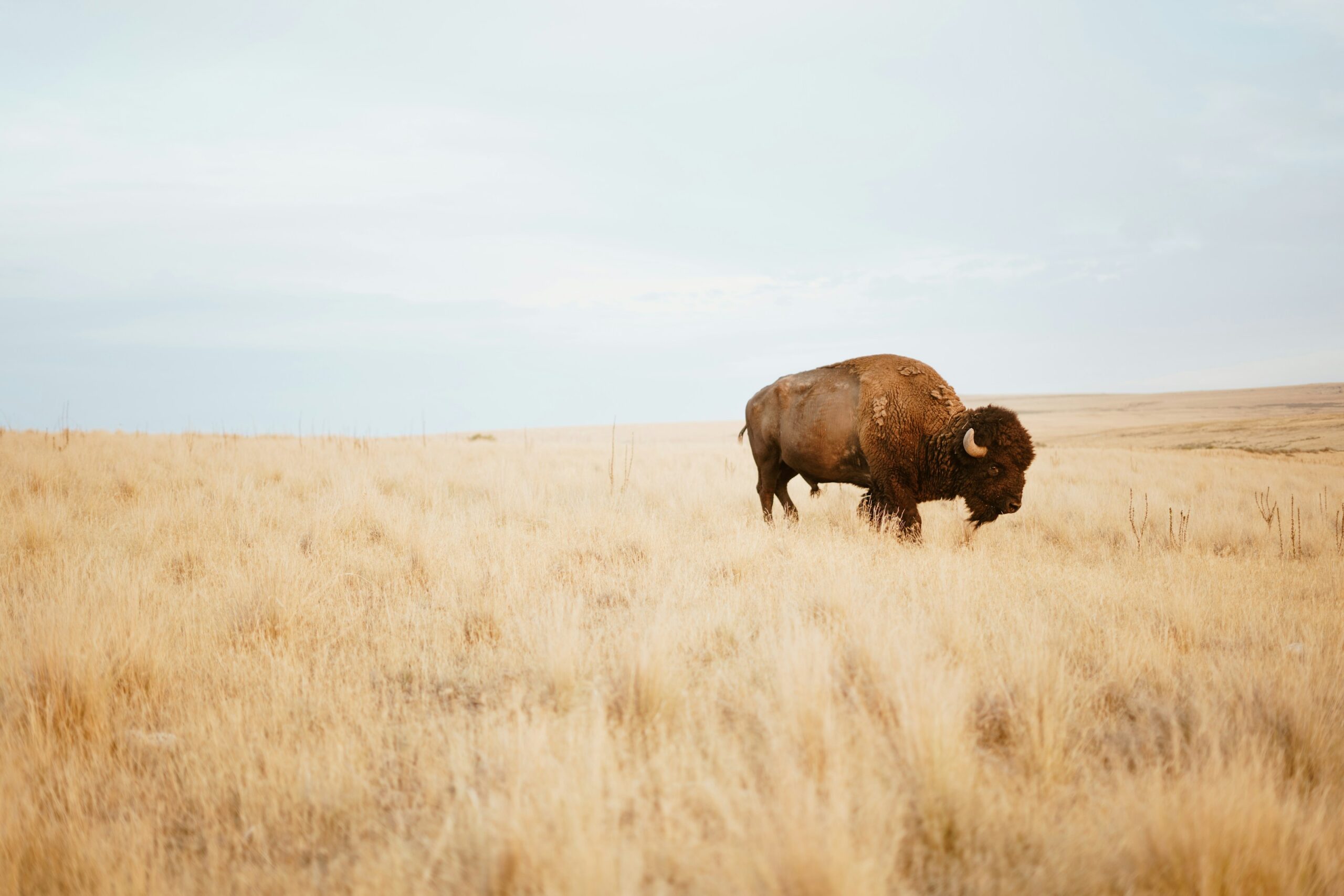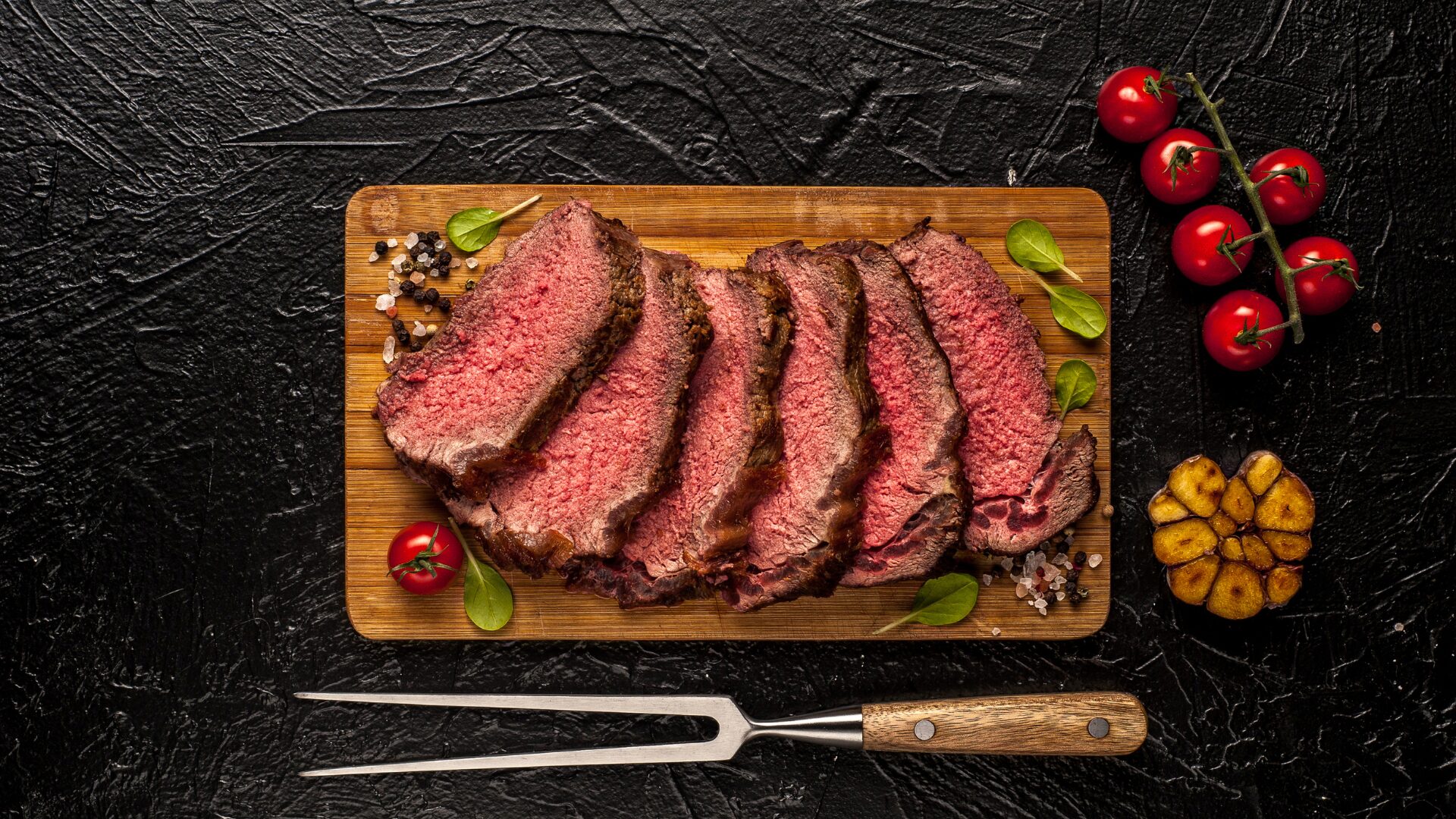The reintroduction of the American bison is among the greatest environmental success stories, promising a leaner alternative to beef and righting imbalances in certain ecosystems.
But the animals are not as docile as cattle, often trampling fences and causing headaches for farmers whose crops make for a tasty snack.
“My savings account is the grass I saved last year,” Danny Barcus, a member of the Blackfeet tribe in Montana, told Grist in 2022. “I can’t afford to feed it to the neighbor’s buffalo.”
Bison had been nearly wiped out by the mid-19th century, profoundly affecting some Native American tribes. Efforts to preserve the species began in the early 1900s.
Today, more than 20,000 bison again roam the Great Plains and 420,000 more are being raised commercially.
Nutritionists hail bison as the other red meat, not that different in taste and nutrients from beef, but with a greater concentration of iron and fatty acids along with less fat.
“While it is lower in saturated fats and higher in proteins than most beef, the difference here is ultimately marginal. Red meat in particular has been linked to increased risk of heart disease and high cholesterol, so it’s best to eat it only in moderation as part of a healthy, balanced diet,” registered dietician Catherine Rall told The Food Institute.
Dr. Sabrina Kong, a veterinarian, told FI that as an advocate for wildlife and animal conservation, “I view the remarkable recovery of the American bison as a significant environmental victory that highlights the importance of preserving and expanding their populations rather than considering them as additions to our food supply.
“Bison are not just another commodity; they are a symbol of successful conservation efforts and a reminder of our duty to protect natural heritage.”
Yellowstone National Park moved 55 bison into the Fort Peck Indian Reservation in northeastern Montana in 2019, the first such action as an alternative to slaughter. Since then, 414 Yellowstone bison have been moved to the Assiniboine and Sioux tribes at Fort Peck, and their offspring have been transferred to 26 tribes in 12 states, including Kansas, Wisconsin, and Alaska.
The process is complicated. The animals must be placed in quarantine before they can be moved to prevent the spread of brucellosis and other diseases. Turner Ranches raises the largest private U.S. herd – some 45,000 head – across 14 ranches in Colorado, Kansas, Montana, Nebraska, New Mexico, and South Dakota.
Together with the gray wolf, the bison have helped restore the ecosystem in Yellowstone, eliminating vegetation that supported an overabundance of elk.











